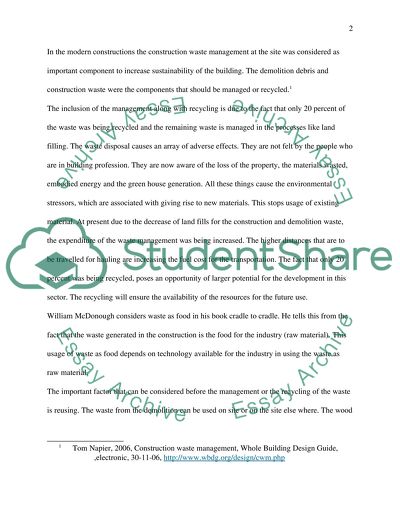Cite this document
(“Building Performance Assignment Example | Topics and Well Written Essays - 4000 words”, n.d.)
Building Performance Assignment Example | Topics and Well Written Essays - 4000 words. Retrieved from https://studentshare.org/technology/1501191-building-performance
Building Performance Assignment Example | Topics and Well Written Essays - 4000 words. Retrieved from https://studentshare.org/technology/1501191-building-performance
(Building Performance Assignment Example | Topics and Well Written Essays - 4000 Words)
Building Performance Assignment Example | Topics and Well Written Essays - 4000 Words. https://studentshare.org/technology/1501191-building-performance.
Building Performance Assignment Example | Topics and Well Written Essays - 4000 Words. https://studentshare.org/technology/1501191-building-performance.
“Building Performance Assignment Example | Topics and Well Written Essays - 4000 Words”, n.d. https://studentshare.org/technology/1501191-building-performance.


